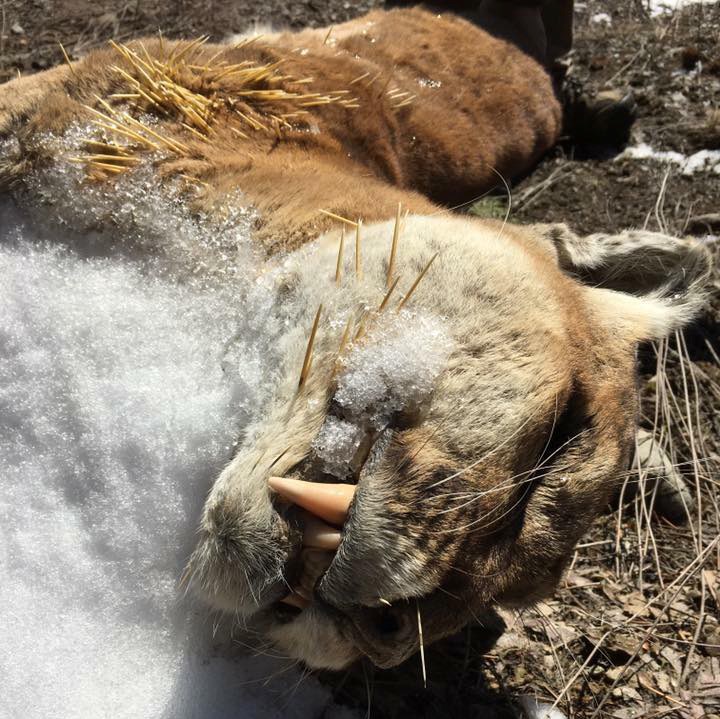THUNDER BAY -- DNA testing has determined that the cougar whose carcass was discovered west of Thunder Bay last March had a genetic fingerprint most closely related to cougars in the Black Hills area of the U.S., a region encompassing parts of South Dakota, Wyoming and Nebraska.
Scientists working with a DNA database at a facility in Montana say their conclusion carries a 95 per cent probability.
A spokesperson for the Ministry of Natural Resources and Forestry initially said in an interview Wednesday that the lab tests show that the animal was not part of a resident cougar population in northern Ontario.
In a subsequent email to tbnewswatch.com, MNRF senior media relations officer Jolanta Kowalski clarified that "We can't 100 per cent rule them out as having an 'Ontario background' but we don't have a database. We aren't aware of a resident cougar population in Ontario at all."
The animal's origin, therefore, remains a mystery.
Kowalski said that the test results "can't tell us any more specifically that it necessarily is related to animals that are currently residing" in the Black Hills area. "It just means that it's most closely related...it doesn't necessarily mean that's where it came from."
The cougar's emaciated and frozen carcass was found by Mandi Weist near the Boreal Road on March 25. A local taxidermist said the animal appeared to have had an encounter with a porcupine.
Tissue samples were sent for analysis at the United States Forest Service Rocky Mountain Research Station in Missoula, Montana.
Kowalski said scientists there created a genetic profile or DNA fingerprint similar to what's done to identify individuals in human forensics cases.
She said it's not likely there will be any followup investigations related to this case.
"It's very useful information to have. You can add it to a database to get a better sense of where the animals may have, at some point, had relatives. That's good to know. But as far as I know, we aren't planning any other kind of research on this specific animal."
Kowalski said the lab results leave experts still not knowing where the cougar came from and how it ended up on the side of the road in such poor condition.
The animal's discovery was described at the time as "very significant" by the Northwestern Ontario Sportsmen's Alliance.
Spokesperson John Kaplanis said there had been many years of reported sightings in the region but very little hard evidence.
"In this case, it's hard to argue that cougars are not here or at least passing through the area."
Cougars are listed as an endangered species in Ontario.
A provincial government website states that although they "are most likely believed to live in northern Ontario" because of the remoteness of the habitat, there have been many reports from parts of southern Ontario.
It adds that cougars found in the province may be escaped or released pets, animals dispersing from western North America, native animals or a combination of those factors.
